1. Ice Cream Cones on Sundays
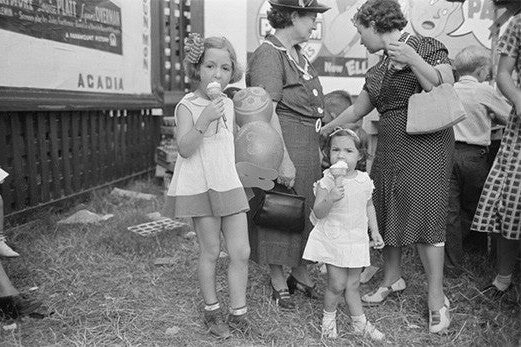
It’s funny to think about, but there was a time in America when something as innocent as an ice cream cone could cause trouble. In the early 1900s, towns in Kansas and Illinois banned selling ice cream on Sundays to promote rest and worship. It was considered “Sabbath indulgence,” and vendors risked fines for serving it. Still, children snuck to corner shops after church, craving a sweet taste of rebellion. It’s strange now, but back then, even a scoop of vanilla was enough to challenge society’s idea of holiness and discipline.
2. Christmas Celebrations
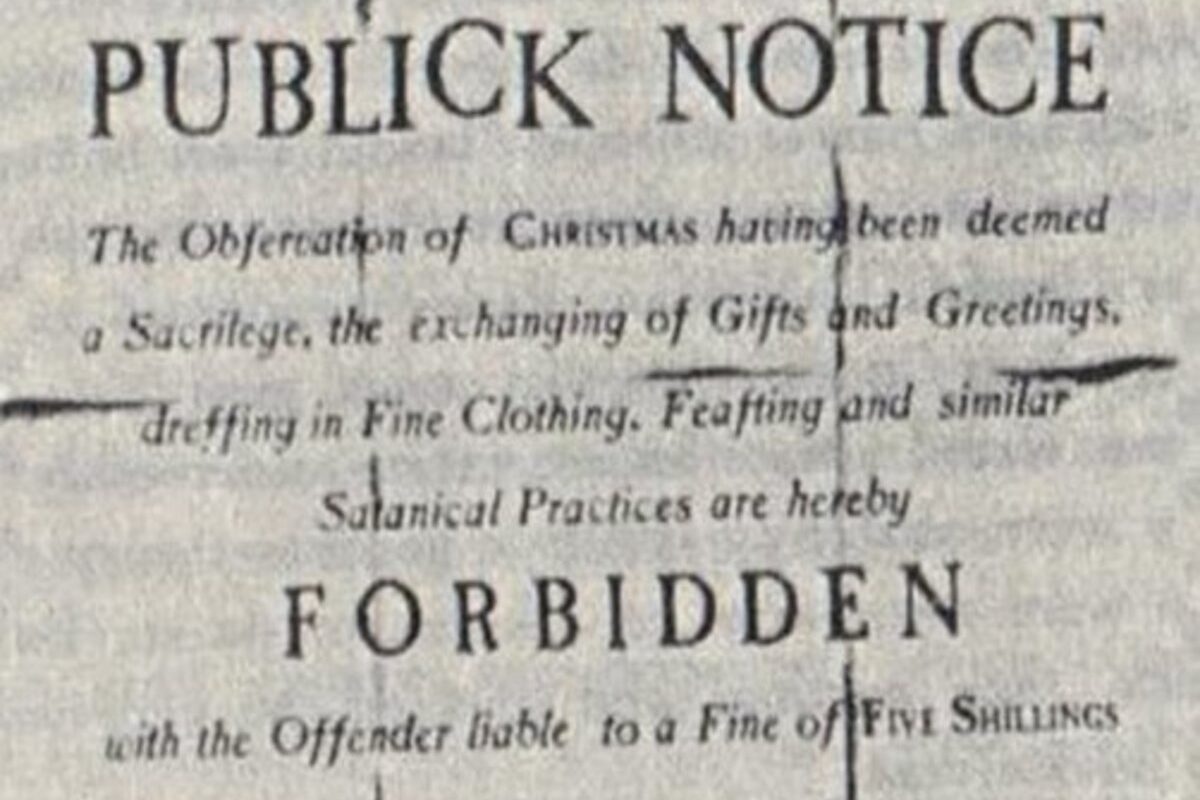
Believe it or not, Christmas wasn’t always welcome in early America. In 1659, the Puritan settlers of Massachusetts outlawed celebrating it, claiming the day was unholy and wasteful. They viewed Christmas as a distraction filled with excess drinking and idleness. Anyone caught celebrating faced fines and public scolding. The strict rule lasted for years before people quietly began to celebrate again in private. By the 1800s, the spirit of joy returned, and Christmas grew into the family holiday we know today, complete with songs, lights, and laughter that once symbolized disobedience.
3. Pinball Machines
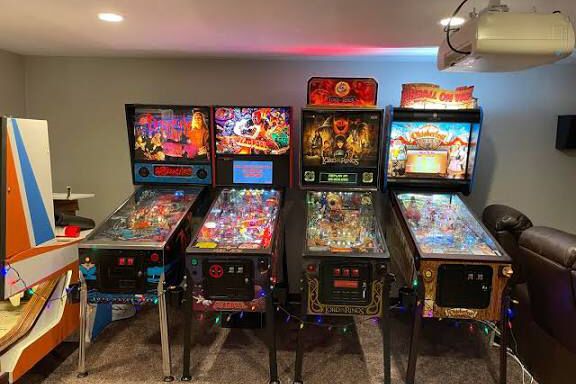
It may seem harmless now, but pinball was once seen as dangerous and corrupt. In the 1940s, cities like New York and Chicago banned the machines, believing they promoted gambling and crime. The mayor of New York even ordered thousands of them destroyed. For decades, pinball fans had to play in secret. It wasn’t until the 1970s that a player proved in court that pinball was based on skill, not luck. The ruling finally lifted the ban, turning what was once outlawed into one of America’s favorite arcade games.
4. Long Hair on Men
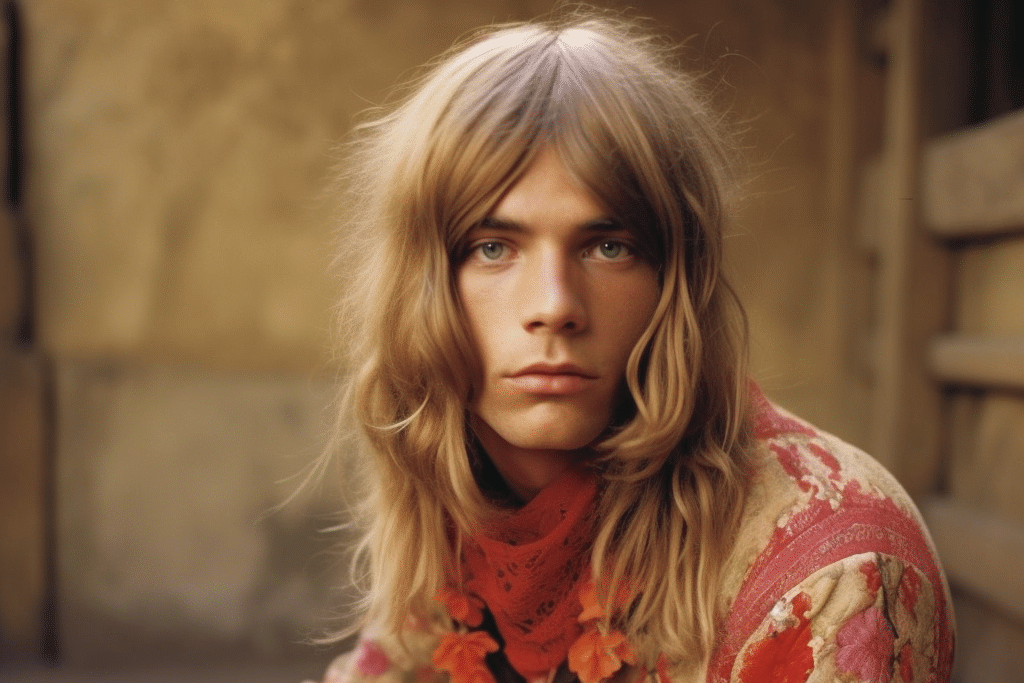
There was a time when long hair on men was treated as rebellion. During the 1960s, schools across the country punished students whose hair reached their collars. Administrators said it distracted others and broke traditional values. Some boys were suspended, while others went to court to fight for self-expression. Over time, society softened, and long hair became part of the counterculture movement. Musicians, artists, and free spirits embraced it proudly. What was once viewed as a symbol of defiance soon came to represent individuality, creativity, and the freedom to be yourself.
5. Women Wearing Pants
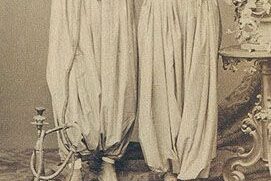
It’s hard to imagine now, but there was once a time when women could be arrested for wearing pants. In the 19th century, cities enforced laws against “cross-dressing,” claiming it was improper for women to wear trousers. Those who dared were fined or ridiculed in public. Some brave women, like Amelia Bloomer, challenged these restrictions, wearing loose trousers called “bloomers” for comfort and equality. It took over a century for fashion to fully change. By the 1970s, women’s pants were celebrated as symbols of empowerment instead of rebellion.
6. Mixed-Race Marriages
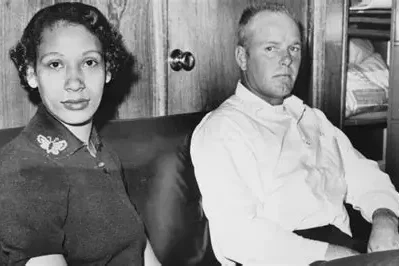
There was once a time when love itself broke the law. For decades, interracial marriage was illegal in many states. Couples who married risked arrest, exile, or worse. It wasn’t until 1967 that the Supreme Court ruled such laws unconstitutional, allowing people to marry freely regardless of race. The case that changed everything came from Virginia, where a couple’s love proved stronger than prejudice. Their courage helped open the door to equality and acceptance. Today, the very unions once forbidden are celebrated as symbols of hope and progress.
7. Tattoos in Massachusetts
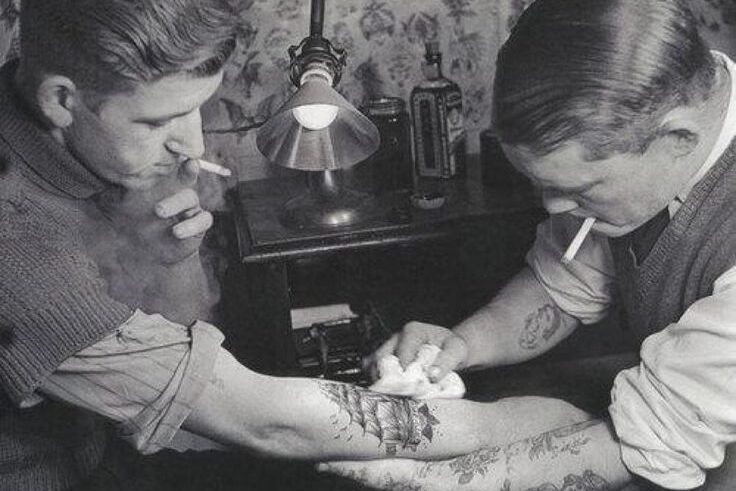
For nearly forty years, tattoos were illegal in Massachusetts. The state banned them in 1962, claiming they posed health risks like infection. Tattooing moved underground, with artists working secretly in basements or traveling out of state. Still, people continued getting inked as an act of expression. When the ban was finally lifted in 2000, tattoo parlors flooded the streets, and body art became mainstream. What was once seen as rebellious or dirty turned into a respected form of creativity and culture. The same ink once hidden now proudly decorates everyday skin.
8. Dancing on Sundays
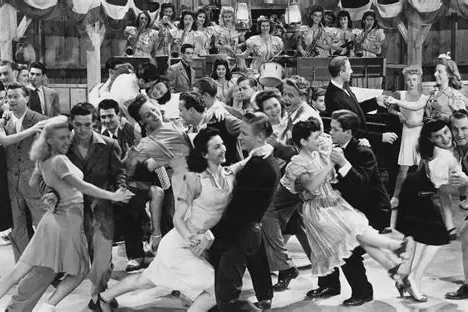
There was a time when dancing was considered too joyful for the Sabbath. Many American towns enforced “blue laws” that banned dancing on Sundays to keep the day sacred. Weddings, parties, and even small gatherings had to stop the music by Saturday midnight. Though the rule began with good intentions, it often took away harmless joy. Over time, people realized that dancing together built connection, not sin. As these laws faded, the dance floors came alive again, filled with laughter, rhythm, and the freedom to move without fear.
9. Comic Books
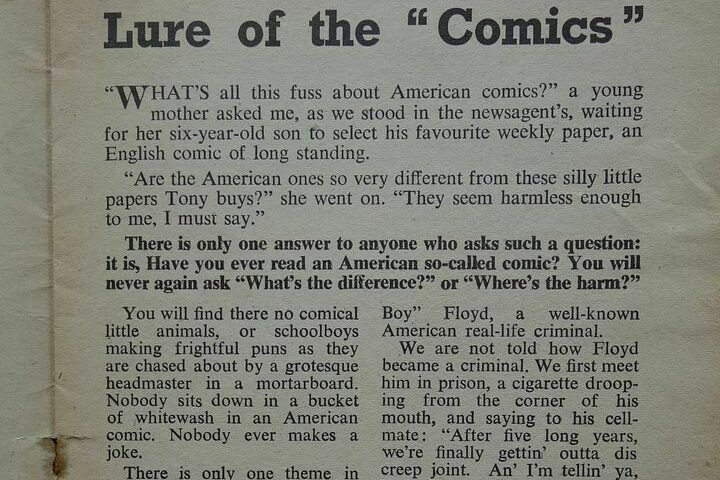
In the 1950s, comic books were accused of corrupting America’s youth. Parents believed they encouraged crime and bad behavior, and some communities even held public burnings. Schools banned them from classrooms, fearing they harmed imagination and morals. The movement nearly destroyed the comic industry, forcing publishers to censor stories. Yet, children kept reading in secret, and love for the art never disappeared. Comics came back stronger than ever, evolving into the foundation for superheroes and pop culture. What once symbolized rebellion became a colorful celebration of creativity and storytelling.
10. Margarine

The battle between butter and margarine was once so intense that several states banned margarine altogether. In the late 1800s, the dairy industry fought to protect profits, claiming margarine was deceitful and unhealthy. Some states required it to be dyed bright pink so it couldn’t be mistaken for butter. Families smuggled margarine across borders to save money. Over time, the restrictions melted away as people realized the product was harmless and convenient. Today, butter and margarine share kitchen shelves peacefully, reminding us that even small things once divided Americans deeply.
11. Coffee in Certain Colonies

Before coffee became a daily ritual, it was viewed with suspicion in early America. In the 1600s and 1700s, some colonies tried banning it, claiming it distracted workers and encouraged gossip. Coffeehouses were labeled as idle spaces where mischief brewed. Authorities worried that people gathering to talk would plot rebellion or waste time. Yet, over time, those same conversations inspired ideas that shaped the nation’s future. The drink once feared for stirring trouble became a symbol of connection, comfort, and creativity that still fuels American mornings today.
12. Dancing the Twist
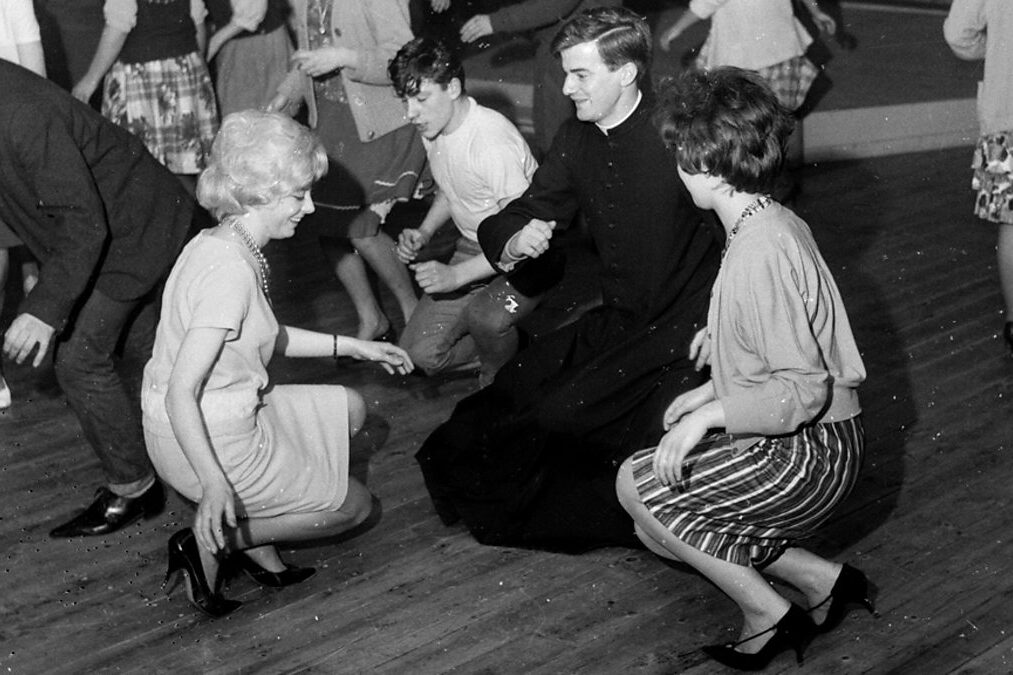
When “The Twist” hit the scene in the early 1960s, it set off a moral panic. Schools and churches banned it, saying the dance was indecent and wild. But for young people, it felt like freedom. Teenagers twisted in living rooms and diners, ignoring the critics. The movement spread faster than anyone could stop it, breaking old rules about how people could dance. Soon, even adults joined in. What began as a forbidden craze became an American classic, showing that joy always finds its rhythm, no matter the restriction.
13. Board Games Like Monopoly
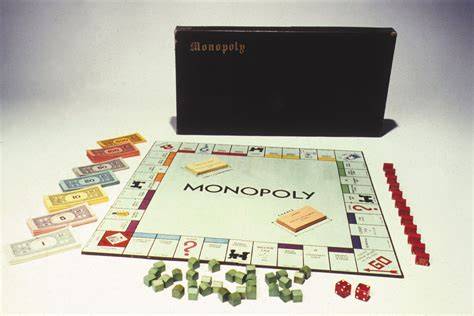
Even family board games faced suspicion once. During the Great Depression, some religious groups and communities banned Monopoly, calling it greedy and inappropriate. Critics claimed it glorified wealth at a time when most people had little. But families loved it for the escape it offered. Playing Monopoly became a small act of hope and competition during hard times. As years passed, it transformed from controversial to iconic. What was once accused of promoting greed now lives on as a game that brings laughter, rivalry, and connection across generations.
14. Rock and Roll Music
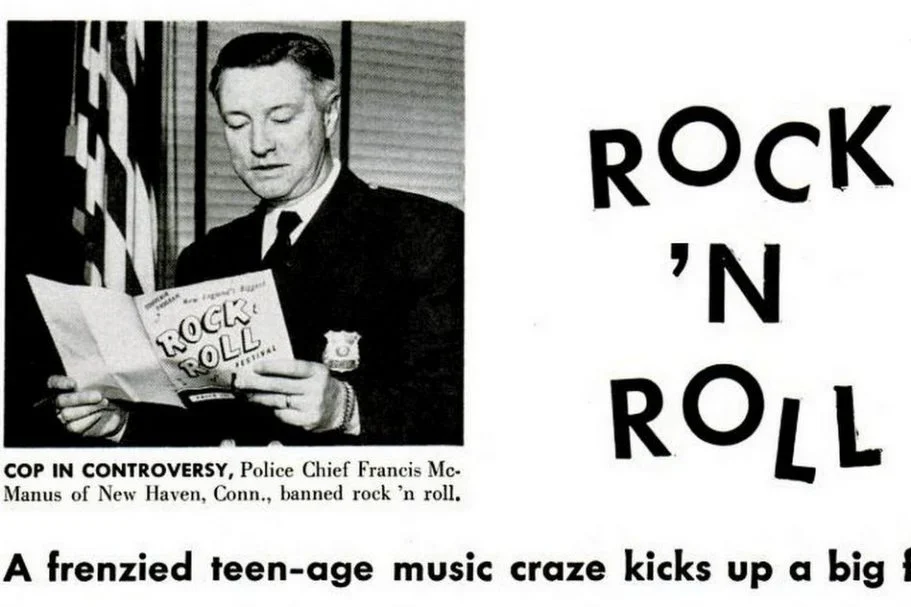
When rock and roll first blared from radios, many adults thought it was a dangerous influence. They said it was too loud, too fast, and too rebellious for young people. Schools banned dances, and radio stations refused to play it. Still, teenagers couldn’t resist its beat. The music became a symbol of energy and change, breaking away from old traditions. Over time, the same sound that shocked parents became the heart of American culture. What began as noise became the rhythm of freedom that never lost its spark.
15. Yoga Classes
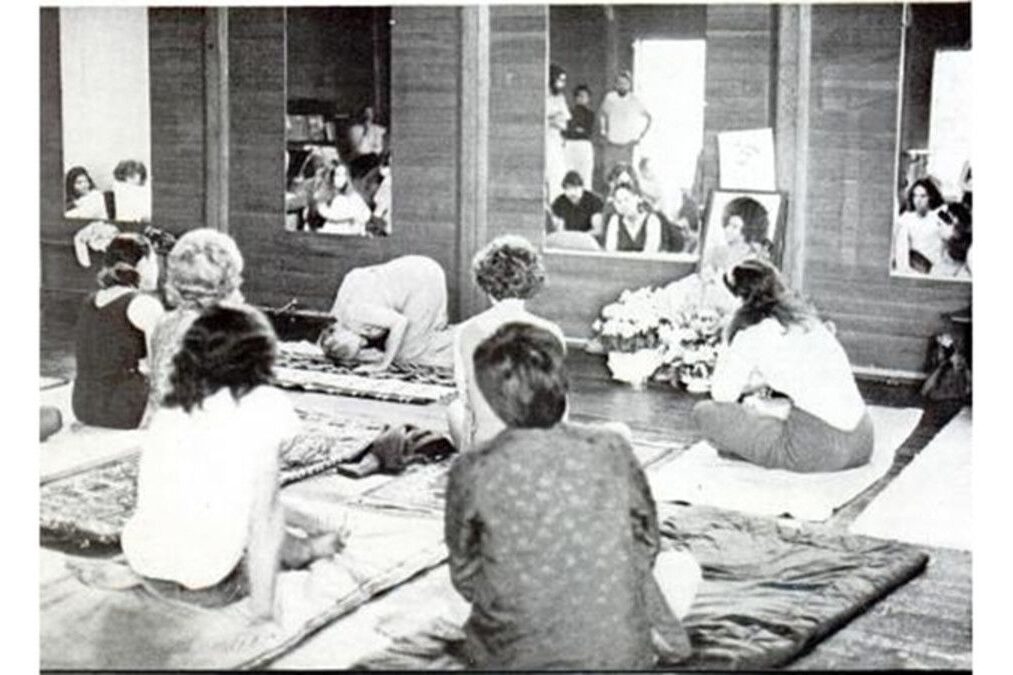
It may surprise you, but yoga was once banned in parts of America. Some schools and communities believed it promoted foreign or religious practices and prohibited it in public spaces. People who wanted to practice often did so quietly at home. Over time, the focus shifted from spirituality to wellness, and yoga gained acceptance for its health and calming benefits. Today, yoga studios fill every city, helping people relax and reconnect. What was once misunderstood now represents peace, balance, and the quiet strength to breathe through change.
This story 15 Things You Didn’t Know Were Once Banned in America was first published on Daily FETCH


